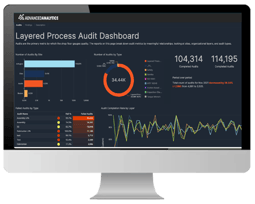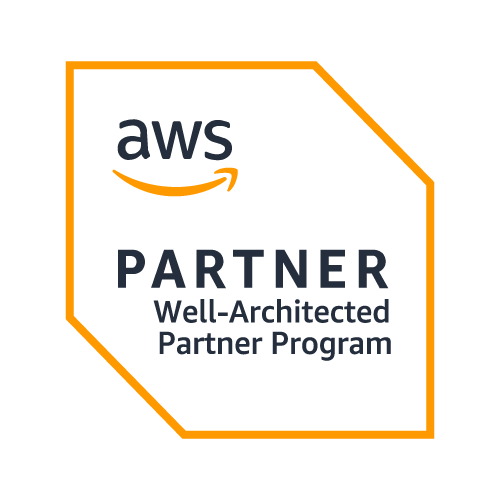AWS Well-Architected Framework Pillars
The AWS Well-Architected Framework describes key concepts, design principles, and architectural best practices for designing and running workloads in the cloud. Through collaboration with the Mindex team you will; learn how well your architecture aligns with cloud best practices and gain guidance for making improvements.

Operational Excellence
- Run and Monitor Systems
- Continuously Improve Processes
- Manage Changes through Automation
- Respond to Events
- Standardize Daily Operations
![]()
Security
- Protect Information and Systems
- Ensure Data Confidentiality and Integrity
- Manage User Permissions
- Implement Security Controls
- Detect Security Events

Reliability
- Prevent Failures
- Recover Quickly
- Perform Setup and Configuration
- Address Cross-Project Requirements
- Manage Change for Reliability

Performance Efficiency
- Optimize IT and Computing Resources
- Choose Appropriate Resources for Workload
- Monitor Performance
- Make Informed Decisions
- Sustain Efficiency Amid Business Growth

Cost Optimization
- Avoid Unnecessary Costs
- Understand and Control Spending
- Choose Appropriate Resources
- Analyze Expenses
- Scale Appropriately

Sustainability
- Reduce Environmental Impacts
- Acknowledge Responsibility for Sustainability
- Minimize Overall Impact
- Use Resources Efficiently
- Mitigate Downstream Effects
Steps to becoming Well-Architected
01 Project Kickoff
Identify the workload for the review and answers initial questions to kick off the program.
02 Well-Architected Framework Review
Use the AWS Well-Architected tool to review with the Mindex team the 6 Pillars of Well-Architected.
03 Review & Finalize Priorities
Review findings from the review and prioritize remediation steps.
04 Implement & Track Remediations
Collaboratively implement and remediate findings to become Well-Architected and receive program funding.
Strategic Insights Unveiled Through the WAFR Process
The WAFR process often triggers a broader discussion, exploring strategic advantages such as improved customer experiences, rapid timelines, and unparalleled scalability.
Frequently Asked Questions
-
What is the goal of WAFR? Why would I need do it?
The main goal of the AWS Well-Architected Framework Review (WAFR) is to enhance your system's architecture, helping it better support business needs. The process begins with a review of your current architecture, comparing it against established best practices. This is done by answering a set of review questions for each pillar, which assess whether specific best practices are implemented. Based on your responses, we identify risk levels in the architecture: high, medium, or low. We then prioritize addressing these risks, focusing on those with the highest impact. Finally, our team will develop an improvement plan to mitigate the identified risks.
-
What is a workload?
A workload is the collection of resources and code that make up a cloud application.
-
When should I perform a Well-Architected workload review?
We recommend conducting a workload review at key milestones throughout your development cycle. Our cloud team at Mindex is ready to assist you every step of the way.
-
How long does an AWS well-architected review take?
The duration of an AWS Well-Architected Review can vary based on the complexity and size of your workloads. Here are some general guidelines:
-
Basic Reviews: These can typically be completed in a few hours, especially if the workloads are straightforward and not too extensive.
-
Comprehensive Reviews: For larger and more complex environments, the review might take several days to a few weeks.
-
Well-Architected Framework Review Customer Story
Validating and Providing a Roadmap for AvMet’s AWS Environment








